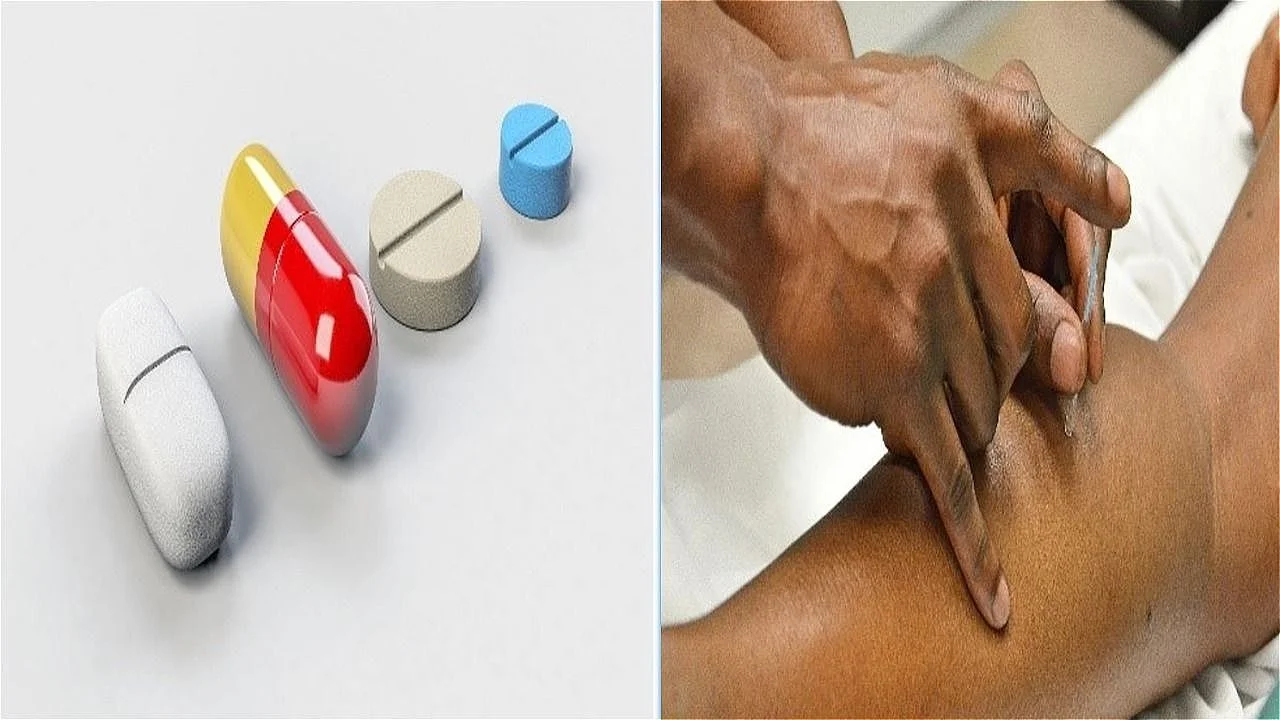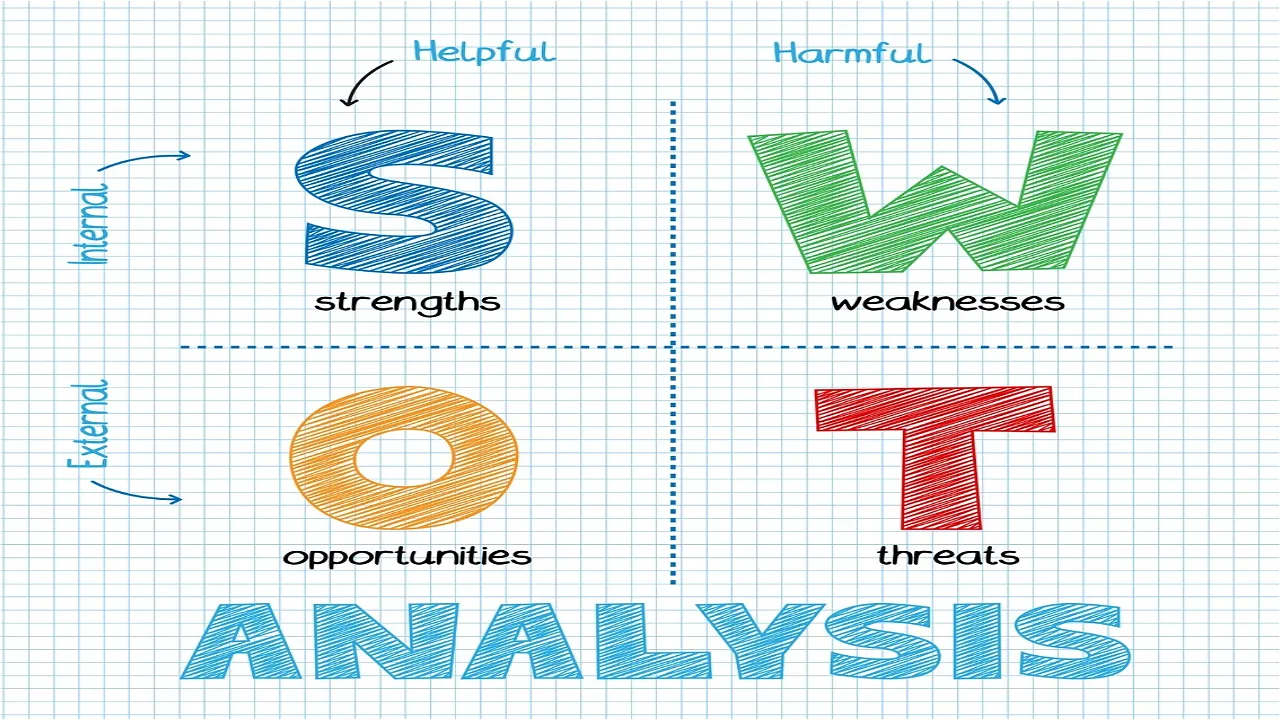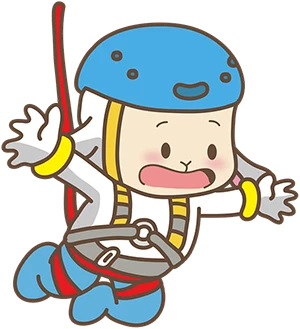
"Hold faithfulness and sincerity as first principles."
Confucius (551 BC – 479 BC) was a Chinese teacher, politician, and philosopher. By Simran Khurana (Updated March 18, 2017)
This article provides a brief overview, in bullet points only, of the fundamental differences between conventional and self-healing medicine. It emphasizes analyzing strengths, weaknesses, threats, and opportunities in a SWOT model. The obvious conclusions stand out. Note: The tables below require mobile phone users to adjust the screen manually for optimal viewing.
Conventional Medicine Vs. Self-Healing Functional Medicine. |
||
|
Category |
Conventional Medicine
|
Self-Healing Medicine
|
| Philosophical Aspects. | ||
|
View of the Human Body. |
It is seen as a machine, tissue, flesh, and bones. |
Seen as One Unified Entity. |
|
Mind, Body, and Spirit. |
It is seen as Three Separate entities. |
Mind, body, and spirit are reflections of each other. |
|
The role of medicine. |
To fight infection; Combat diseases by suppressing symptoms. |
Restores harmony, which helps alleviate symptoms. |
| Diagnosis. | ||
|
How is the Diagnosis obtained? |
After a long series of tests. |
After hearing the patient's story and examining easy-to-evaluate signs and symptoms. |
|
Laboratory testing. |
A wide range of tests, both invasive and non-invasive. |
Basic lab testing. |
|
Time spent with the patient. |
It varies, but for non-invasive procedures, each session typically lasts only a few minutes. |
It varies, but it often requires much longer sessions than conventional medicine. |
| Treatments. | ||
|
The focus of treatment. |
Organs/ Systems. |
Restores blocked energy – Holistic. |
|
Types of Treatments. |
Invasive procedures; The extensive use of pharmaceuticals. |
Promotes Self-healing; Uses herbal medicines. |
|
Purpose of Treatment. |
Only sick care. |
Comprehensive healthcare. |
| Medical centers, therapists, supervision, and control. | ||
|
Medical centers. |
Hospitals, institutes, health centers, and laboratories. |
Typically, there are small clinics, although some health centers have departments. |
|
Therapists. |
Licensed Medical Doctors and Nurses. |
A large variety of therapists. They are not always licensed. |
|
Supervision and control. |
Tight supervision and control. |
Partial supervision and control. |
Analysis of Strengths, Weaknesses, Opportunities, Threats. (SWOT) |
||
|
Category |
Conventional Medicine
|
Self-Healing Medicine
|
|
Strengths |
|
|
|
Weaknesses |
|
|
|
Opportunities |
|
|
| Threats |
|
|
|
|
||
Note: I prefer to refer to it as Complementary and Alternative Functional Medicine. (CAM) as Self-Healing Functional Medicine.
Unlike conventional medicine, self-healing functional medicine addresses the root causes of disease rather than its symptoms.
- There are approximately 100 different diagnostic techniques and treatments used in alternative medicine. On the surface, these techniques may not appear to have a clear connection. Still, upon closer examination, the fundamental basis of alternative medicine lies in the self-healing ability inherent in all of us.
- In my opinion, self-healing medicine more accurately describes the essence of CAM without carrying a connotation of inferiority.
Conventional Modern Medicine vs. Alternative Medicine. (Self-Healing Medicine.) SWOT analysis.
(Strengths, Weaknesses, Opportunities, Threats)

Why is alternative medicine (Self-healing medicine) often considered inferior to conventional medicine?
Without a unifying philosophy, it is much easier to overlook the role of the mind and soul and their reflections on the body.
- Alternative therapists typically receive shorter and less comprehensive training than medical professionals.
- Most complementary and alternative medicine (CAM) treatments have not been scientifically proven. (Although acupuncture has been)
- Not all alternative therapists are licensed.
- Most clinics and alternative therapists are not subject to regulation.
- Pharmaceutical companies are generally not interested in funding research on complementary and alternative medicine (CAM). Without research funding, it is not possible to validate the effectiveness of complementary and alternative medicine (CAM).
The inevitable conclusion of Integration regarding these two medical methods.
- Modern medicine provides an excellent response to urgent and short-term cases where self-healing is impossible, such as genetic diseases, the elderly and children, pregnant women, emergency cases, and severe injuries. (Of all types)
- Conventional medicine has advanced diagnostic tools and laboratory tests essential for a more accurate diagnosis.
- Conventional medicine has life-saving invasive procedures, such as catheterizations and others, that are irreplaceable.
- Self-healing medicine has inherent advantages in balancing the body, mind, and spirit required for recovery from severe illnesses, chronic diseases, and continuous disability, and in all situations where the spirit's triumph over the body is part of recovery. (Physical and mental)
The Unified Philosophy of Medicine.
- I suggested the main requirements for an integrated medical philosophy. Link: Integrative medicine is crucial for patients with chronic conditions.
- If both philosophical approaches to medicine have strengths and weaknesses, will merging these approaches lead to synergy? The answer is" yes."
- In my opinion, the two medical philosophy approaches reflect each other and should not be separated. Only a unifying philosophy can make this change possible.
A breakthrough in medical science requires a unifying medical philosophy to guide the practitioner's actions.
Modern physics has learned to live with the apparent duality between Newton's laws and quantum mechanics. The medical establishment must adapt to the openness of thought to allow the two primary medical approaches to coexist while creating synergy.
Summary, Conclusions, and Recommendations.
The in-depth analysis reveals a mirror image between the weaknesses and strengths of modern medicine and self-healing functional medicine. Integrating conventional modern medicine and self-healing functional medicine is vital to achieving optimal healthcare.
Conventional Modern Medicine.
- Enormous achievements in a wide range of fields related to technological development. However, there are also significant failures.
- It has allowed us to maintain our unhealthy lifestyle consisting of unhealthy diets and beverages, insufficient sleep, more anxiety, and less free time.
- Does modern conventional medicine cure chronic diseases? I believe the answer is probably not. It might relieve pain and other symptoms, but it comes with the massive price of becoming dependent and sometimes even addicted to drugs.
- Deals mainly with the symptoms by taking many pharmaceutical drugs that do not treat the cause.
Self-healing medicine.
- It does not provide all the solutions to public health demands and cannot be a standalone medical health system.
- It treats the causes, but the price is usually a lifestyle change. Most patients prefer the most direct solution modern medicine offers.
- Patients typically begin with conventional modern medicine and often become disappointed with the outcomes. They then seek out alternative medical advice.
- The core of self-healing medicine is maintaining the body's balance and equilibrium. Self-healing implies restricting the use of pharmaceuticals since all chemical drugs disturb this balance. (It is challenging to practice both medical approaches simultaneously.)
- Following the growing demand, many hospitals and health centers have opened individual departments for complementary and alternative medicine (CAM). The reason is straightforward: conventional medicine cannot fully restore patients to health.
- Integrating conventional medicine with self-healing medicine offers numerous benefits, provided that self-healing requires the patient to take an active role as their medical advisor, requiring perseverance, willpower, and self-discipline.
Economic aspects.
- The economic burden of doctors, medications, and treatments can be very high. (In my case, the expenditure was exceptionally high.)
- Despite the significant expenditure on food and juices, the savings on medicines and doctors, and the suffering and poor quality of life, investing in self-healing proves to be exceptionally economical in the long run.
The SWOT analysis reveals a mirror image between the weaknesses and strengths of conventional and self-healing medicines. Thus, Integration is requested.

The in-depth analysis points to a mirror image between modern medicine and self-healing functmedicine's weaknesses and strengths. Integrating conventional modern medicine and self-healing functional medicine is vital to achieving optimal healthcare.



